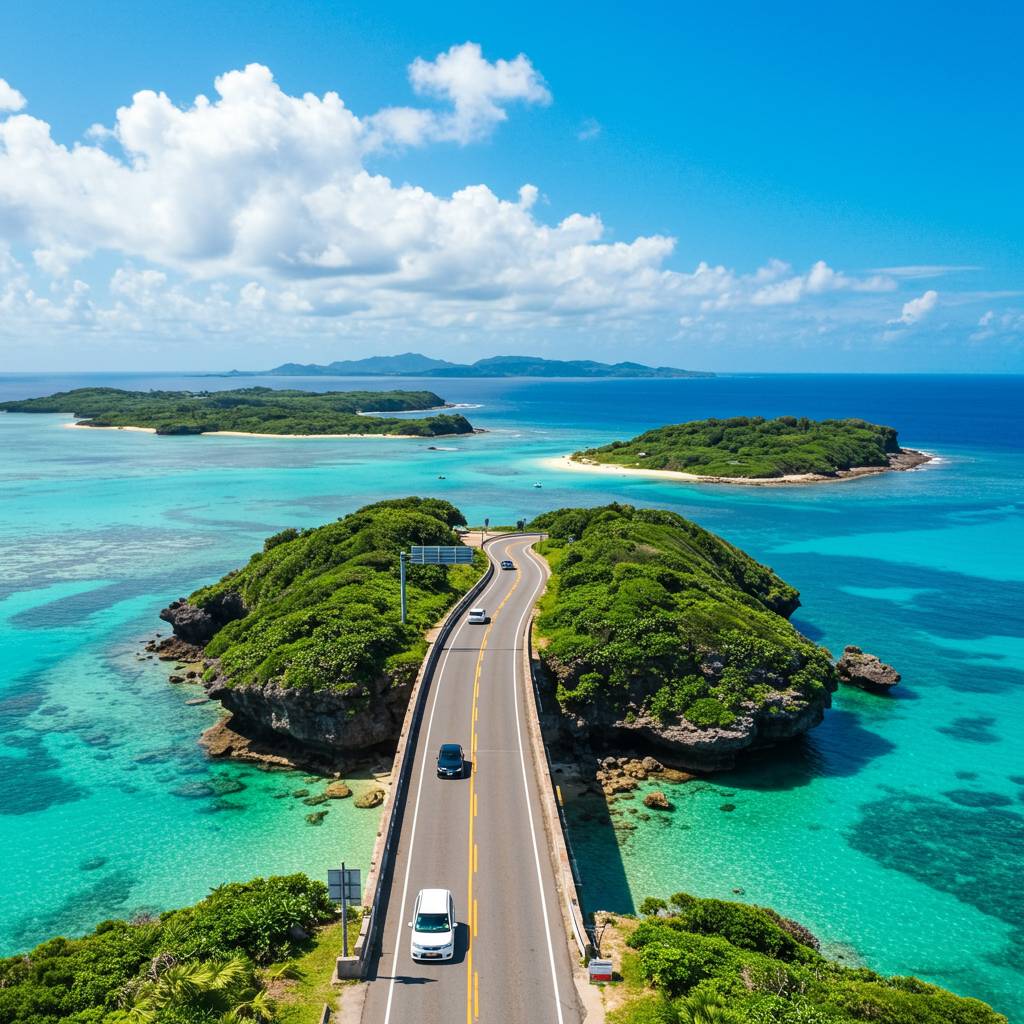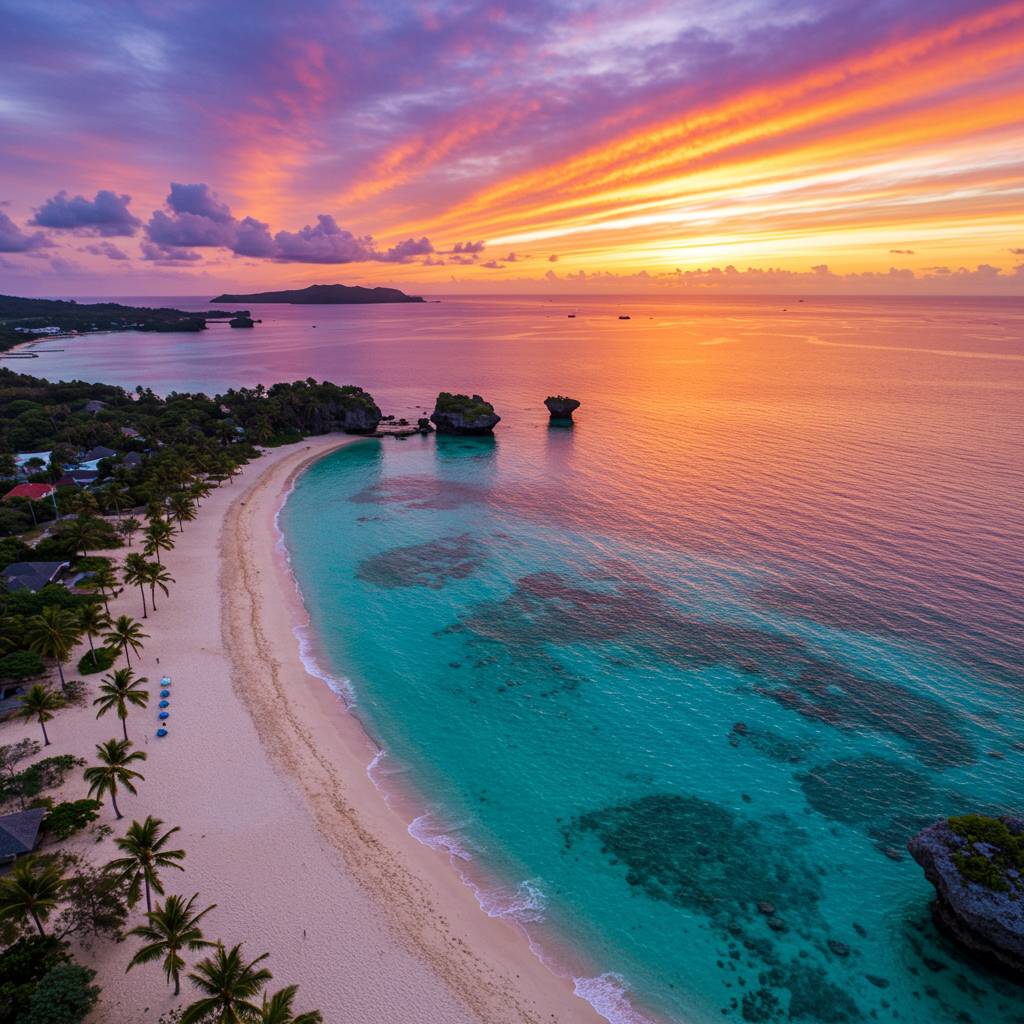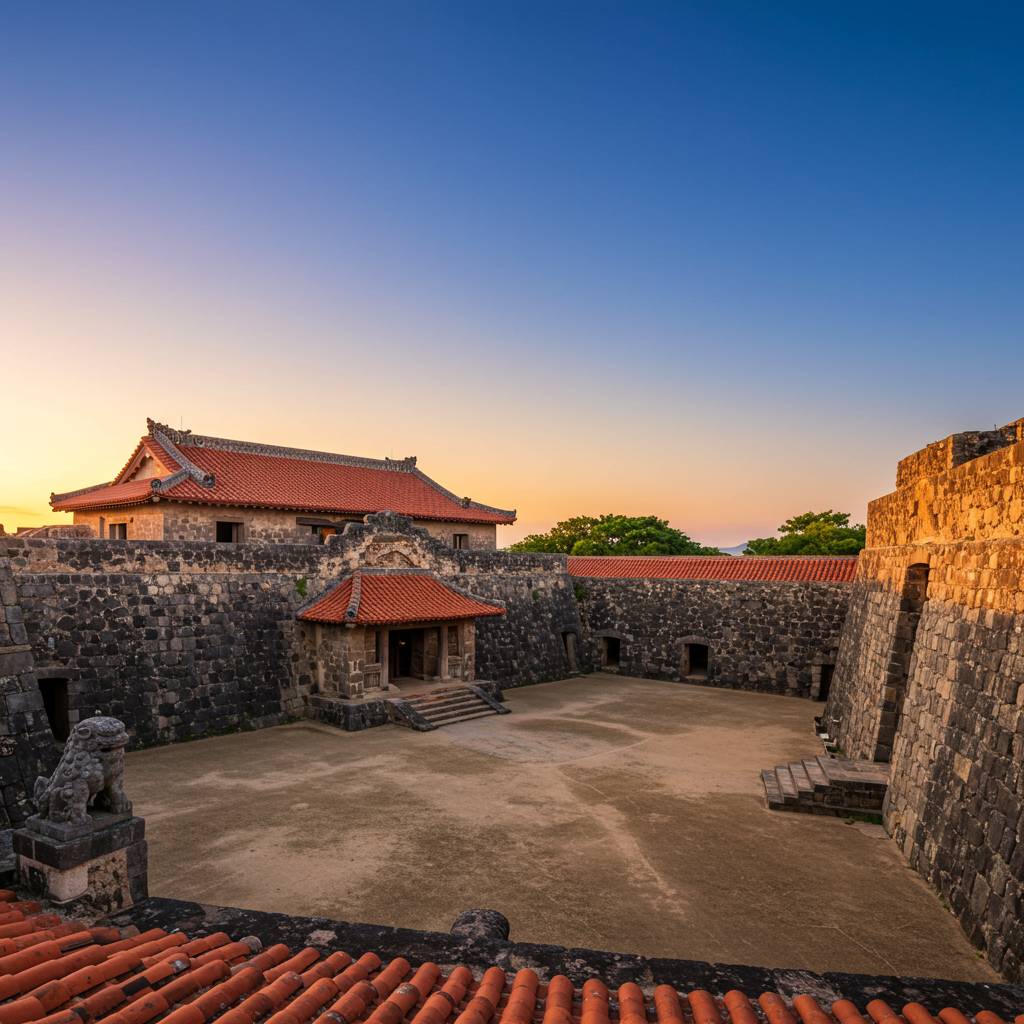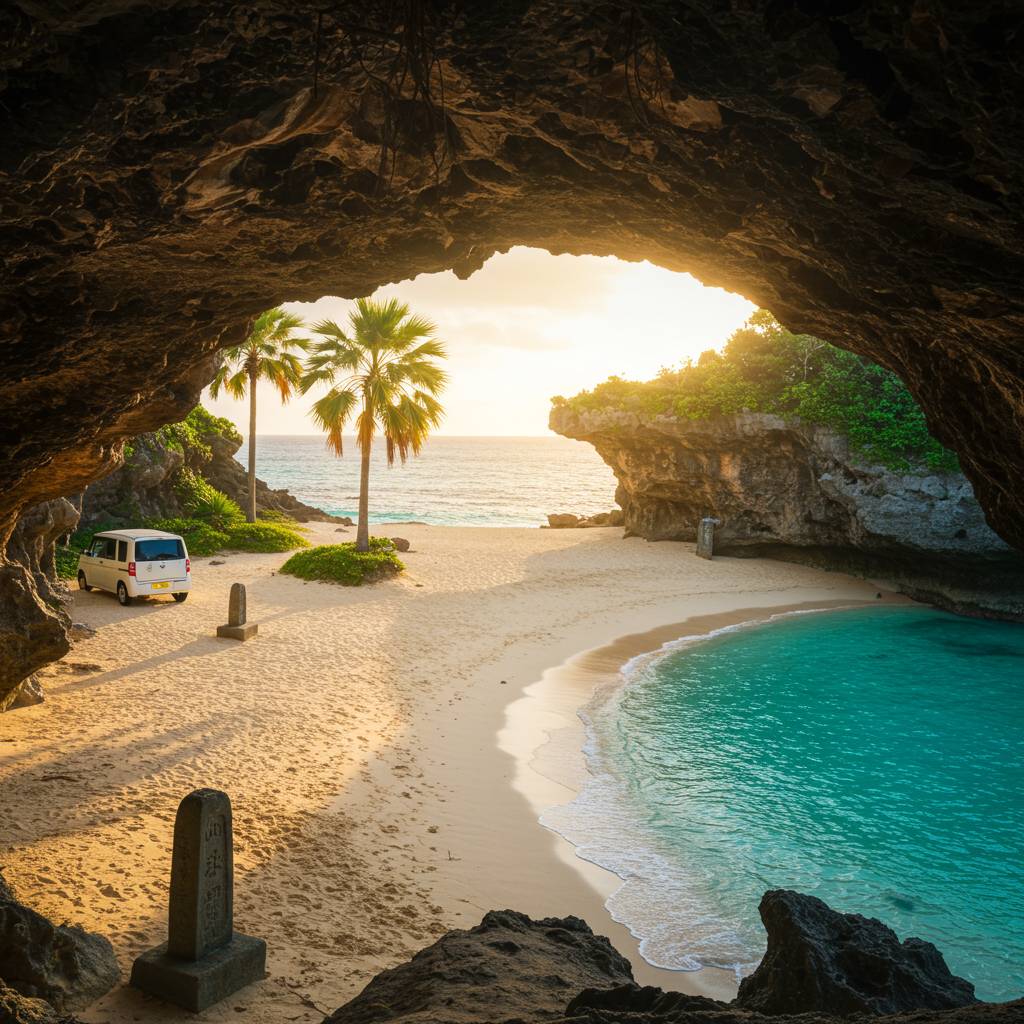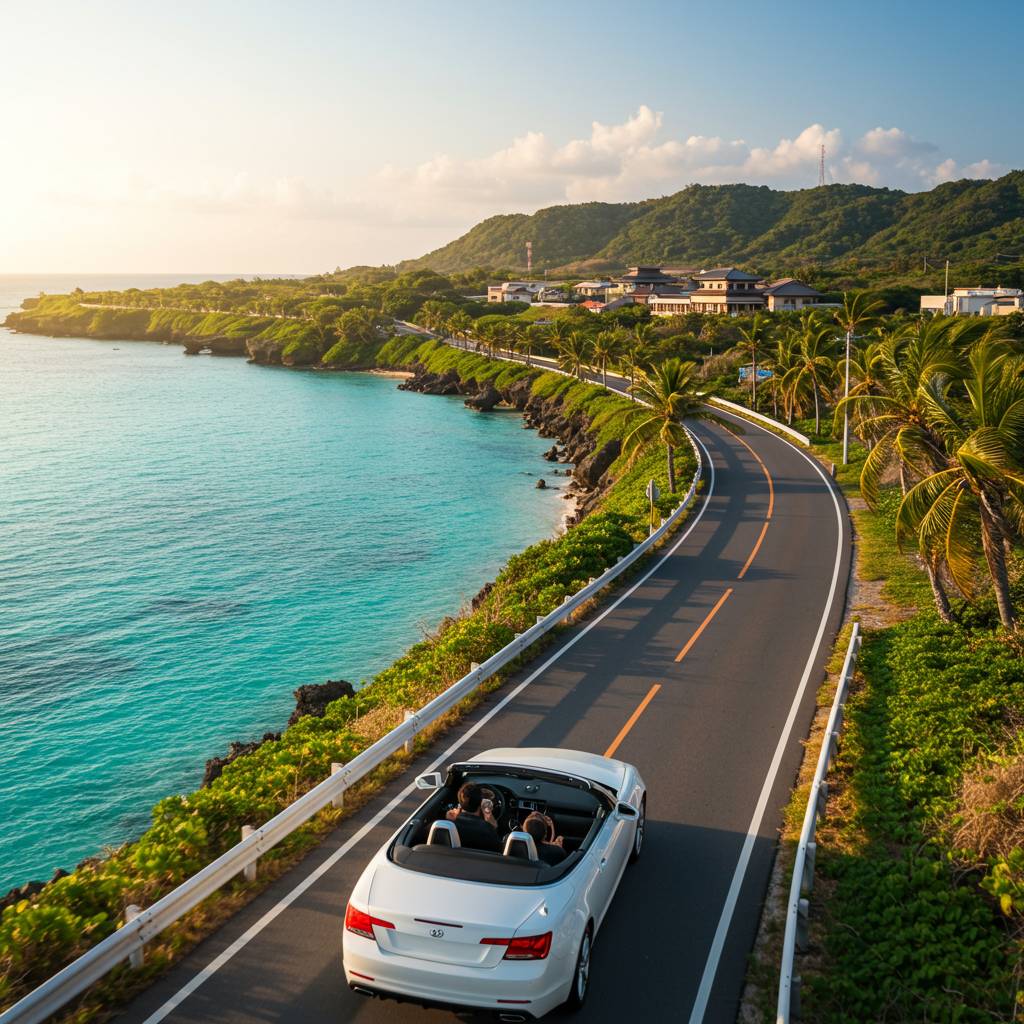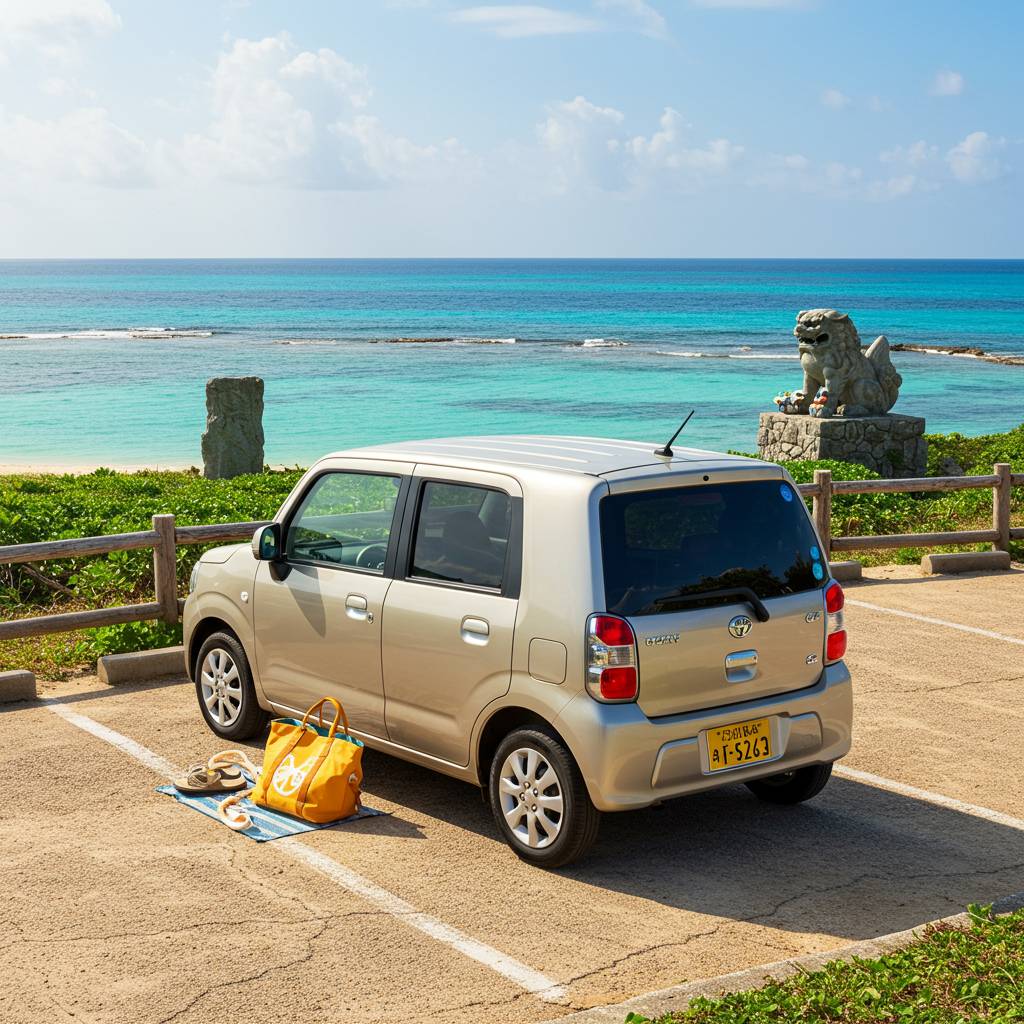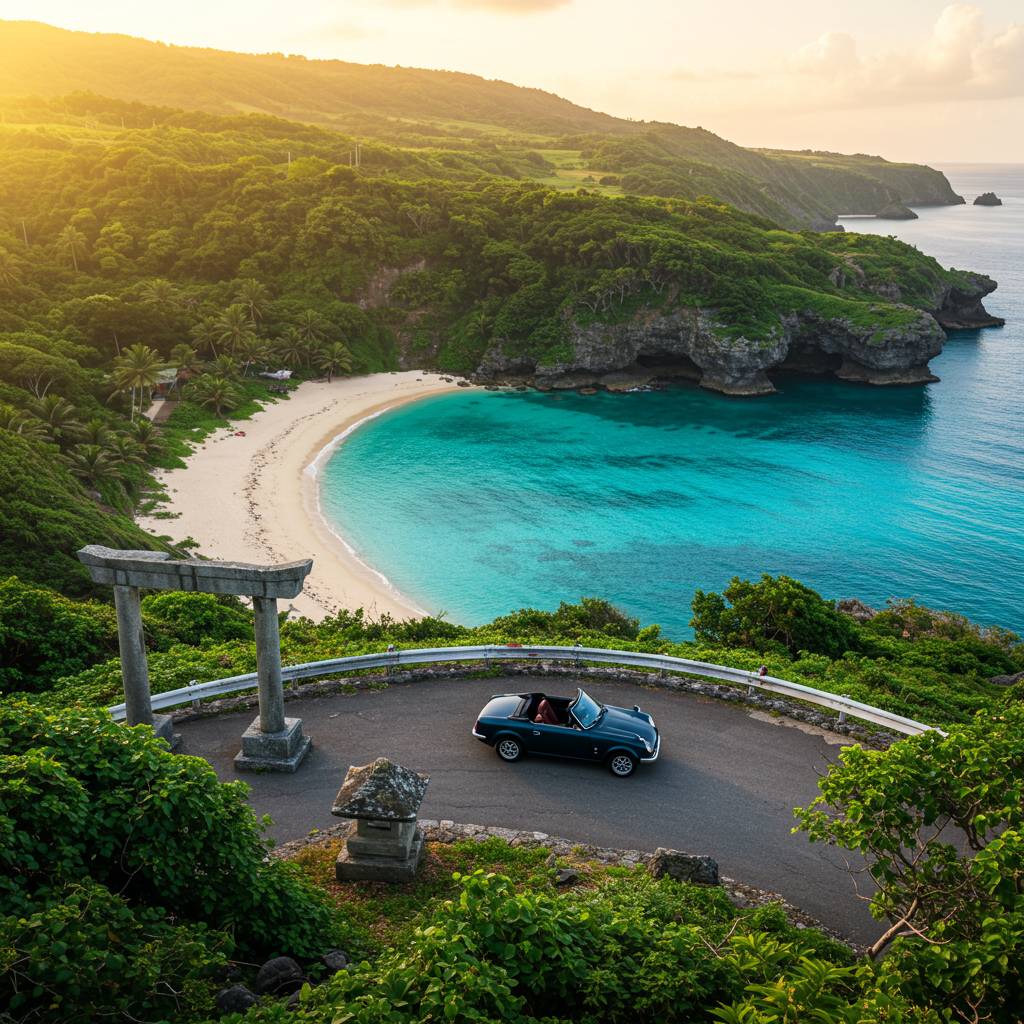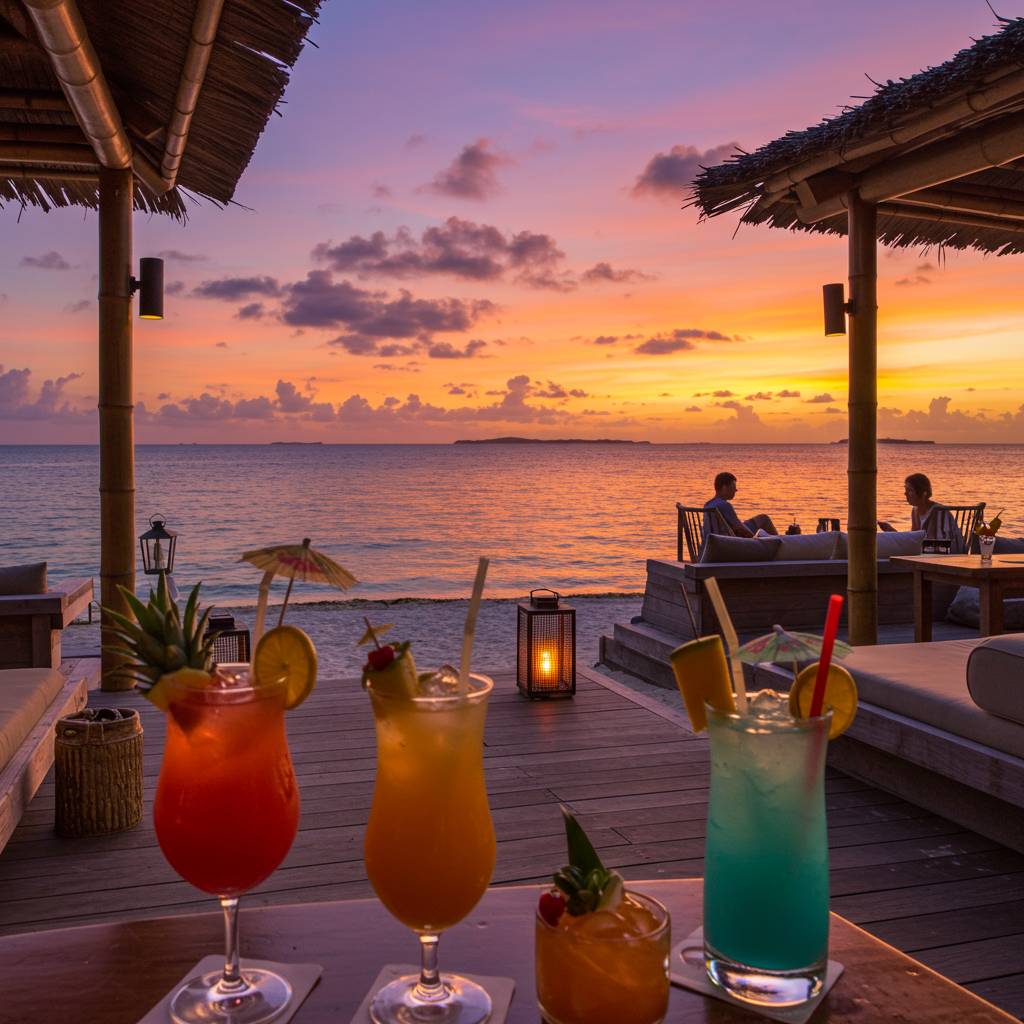Are you planning a trip to the tropical paradise of Okinawa but want to experience more than just the standard tourist attractions? While the popular beaches and cultural sites are certainly worth visiting, the true magic of Okinawa lies in its lesser-known locations that remain untouched by mass tourism. In this comprehensive guide, we’ll take you on a journey to 10 spectacular hidden gems that are only accessible when you have the freedom of a rental car. From secluded beaches with crystal-clear waters to ancient sacred sites nestled in lush forests, these secret spots will transform your Okinawa vacation from ordinary to extraordinary. Whether you’re an adventure seeker, nature lover, or photography enthusiast, these off-the-beaten-path destinations will provide authentic experiences that most travelers miss. So buckle up, adjust your GPS, and get ready to discover the real Okinawa that only locals and savvy travelers get to experience!
1. The Ultimate Roadtrip: 10 Secret Spots in Okinawa Only Accessible by Rental Car
Okinawa’s true magic lies beyond the typical tourist destinations. While the popular beaches and major attractions draw crowds, the soul of this tropical paradise is found in its hidden corners – places where public transportation simply doesn’t reach. For travelers seeking authentic experiences, renting a car isn’t just convenient – it’s essential for discovering these secret treasures.
Imagine driving along coastal roads with panoramic ocean views, stopping whenever a secluded beach catches your eye. Picture yourself venturing into mountain villages where traditions remain unchanged for centuries. These experiences are only possible with the freedom a rental car provides.
The northern regions of Okinawa, particularly around Yanbaru, hide some of Japan’s most pristine forests and untouched coastlines. Spots like Okuma Beach offer crystal-clear waters without the crowds of more accessible locations. Meanwhile, the winding road to Cape Hedo rewards drivers with breathtaking views that few tourists ever witness.
On the east coast, Aha Falls requires a drive through lush forest roads that no tour bus navigates. The nearby coastal community of Higashi offers authentic Okinawan meals in small family restaurants that don’t appear in guidebooks.
For history enthusiasts, abandoned military installations and lesser-known castle ruins are scattered throughout the island, many unmarked and only found through local knowledge or careful exploration with your own vehicle.
The western Motobu Peninsula harbors secluded snorkeling spots where tropical fish swim in untouched coral gardens. Just a short drive from tourist-packed Churaumi Aquarium, these natural aquatic wonderlands remain peaceful even during peak season.
When planning your Okinawan adventure, consider that many rental companies offer GPS navigation in multiple languages, making self-guided exploration accessible even for first-time visitors to Japan. Reserve your vehicle well in advance, especially during summer months when availability becomes limited.
2. Beyond the Tourist Traps: Discover Okinawa’s Hidden Paradises with Your Rental Car
While the popular beaches of Naha and the bustling streets of Kokusai Dori offer undeniable charm, Okinawa’s true magic lies in its secluded corners accessible only by car. A rental vehicle transforms your journey from a typical tourist experience to an authentic adventure through the island’s hidden treasures. The northern regions of Okinawa Main Island harbor pristine beaches where you might be the only visitor all day. Cape Hedo, the northernmost point, offers breathtaking panoramic views of the East China Sea meeting the Pacific Ocean with dramatic cliffs and vibrant blue waters—a photographer’s paradise without the crowds.
For nature enthusiasts, the Yanbaru Forest presents a lush ecosystem home to rare wildlife including the endangered Okinawa rail. The winding roads through this forest provide opportunities to spot unique flora and fauna found nowhere else in Japan. Another gem is Hamahiga Island, connected by bridge to the main island yet overlooked by most tourists. Here, sacred sites related to Okinawan creation myths sit alongside peaceful fishing villages where time seems to stand still.
Foodies will appreciate the journey to remote family-run restaurants serving authentic Okinawan cuisine. Places like the coastal eateries in Motobu Peninsula offer the freshest seafood caught that morning, prepared according to generations-old recipes. The remote Kijoka area is famous for its traditional bashofu fabric production, where you can visit small workshops to witness artisans creating this banana fiber textile using techniques unchanged for centuries. With a rental car from companies like OTS Rent-A-Car or Times Car Rental, these authentic experiences become accessible parts of your Okinawan adventure, creating memories that standard tour packages simply cannot provide.
3. Drive and Discover: 10 Off-the-Beaten-Path Okinawan Treasures Only Locals Know About
While Okinawa’s popular beaches and tourist spots draw crowds year-round, the true magic of this tropical paradise lies in its lesser-known corners. These hidden gems remain largely untouched by mass tourism, preserving their authentic charm and natural beauty. With a rental car from companies like OTS Rent-a-Car or Times Car Rental, you can explore these secret spots at your own pace.
First on our list is Hiji Waterfall in northern Okinawa. This majestic cascade requires a moderate 30-minute hike through lush forest, rewarding adventurers with crystal-clear waters perfect for a refreshing dip away from the coastal crowds.
Just a short drive away lies Yambaru Forest, home to unique wildlife including the endangered Okinawa rail. Early morning visits offer the best chance to spot these rare creatures while enjoying the serene atmosphere that few tourists ever experience.
For beach enthusiasts seeking solitude, Okuma Beach offers powdery white sand and turquoise waters without the crowds of more famous shores. The nearby Okuma Resort provides amenities, but the beach itself remains pleasantly uncrowded even during peak seasons.
History buffs should venture to the ruins of Nakagusuku Castle, a UNESCO World Heritage site often overlooked in favor of Shuri Castle. The panoramic views of both coastlines make the winding drive worthwhile.
Culinary adventures await at Makishi Public Market in Naha, where locals shop for fresh ingredients. The second-floor restaurants will prepare your purchases, offering an authentic dining experience far beyond standard tourist fare.
The mysterious limestone formations of Gangala Valley provide both natural wonder and cultural significance, with ancient prayer sites nestled among the unusual rock formations. Guided tours reveal the spiritual importance of this sacred place.
For a truly local experience, time your visit to coincide with a small village festival in places like Ogimi or Kin Town, where traditional Okinawan music, dance, and cuisine create unforgettable cultural immersion opportunities.
The coastal drive along Route 58 from Cape Hedo to Manza offers breathtaking ocean vistas at every turn, with numerous unmarked pullouts perfect for private picnics overlooking the East China Sea.
Last but certainly not least, the tiny island of Hamahiga, connected by bridge to the main island, houses sacred sites central to Okinawan creation mythology. The small shrine dedicated to Amamikyu, the creator goddess, offers a profound glimpse into local spiritual beliefs.
These hidden treasures represent the authentic Okinawa that package tours simply cannot reach. With your rental car as the key to discovery, you’ll experience the islands as locals do—finding magic around every corner of the winding coastal roads.
For rental car reservations in Okinawa, visit “RENT A CAR HIROBA”
Make the best memories of your trip at the rental car plaza!
Click here to reserve a rental car ↓
・Cheap rental cars in Okinawa are at the lowest price starting from 1,500 yen. Rent-a-car Hiroba is recommended for reservations and comparisons.
https://rentacar-hiroba.com/


